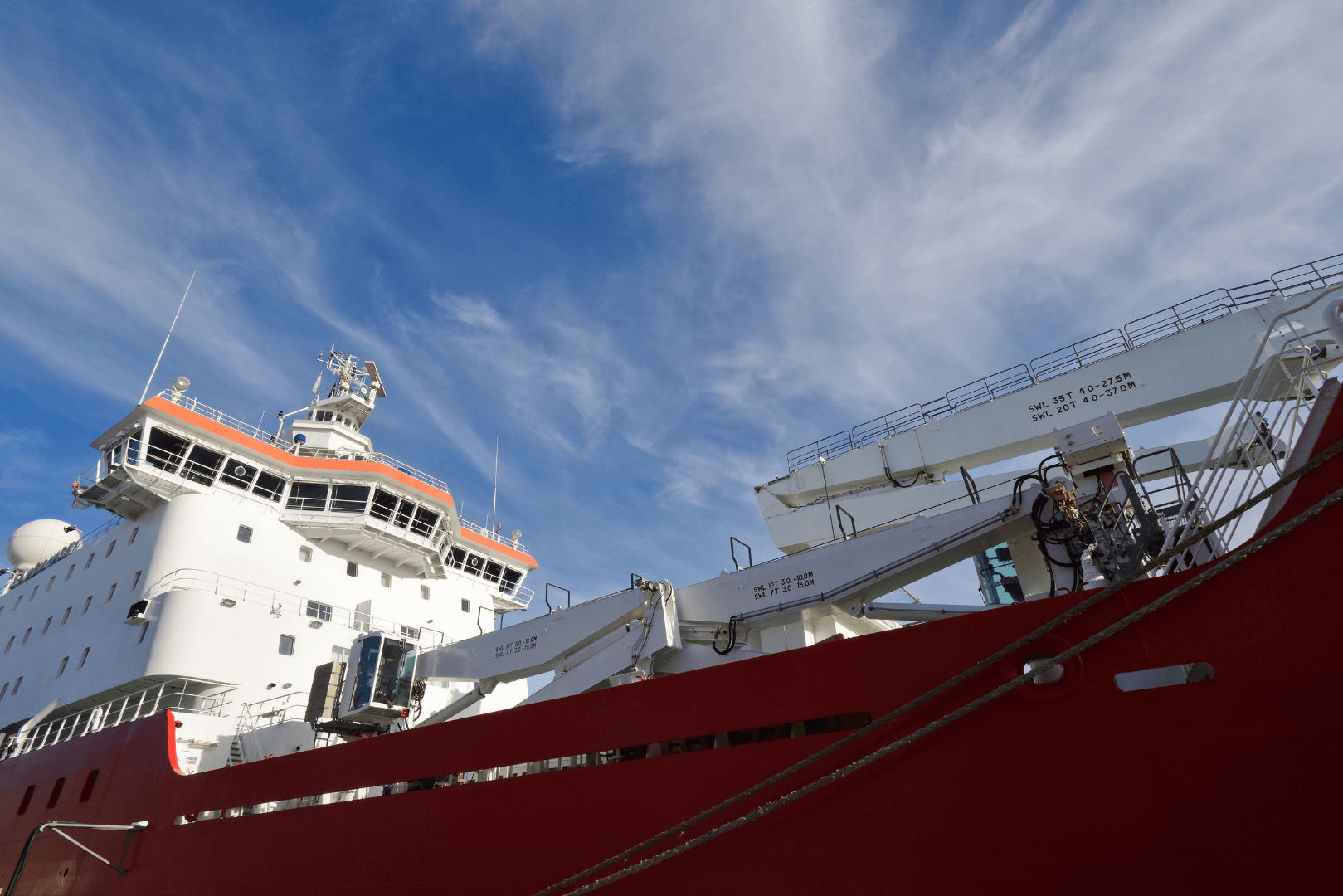Studying the planet’s surface is an arduous task; oftentimes the scientists responsible for doing so need to take samples out of the ground in order to study its composition or history. To do so, scientists take core samples of the particular part of the surface in question—ice core samples from Antarctica, continental crust samples from surface boreholes, and in this recent record-setting expedition, seabed core samples from the Pacific Ocean seafloor.
Researchers from the International Ocean Discovery Program (IODP) Expedition 386 boarded the Research Vessel Kaimei and set out for site M0081, close to the Japan Trench, last May 14. With the ship helmed by Captain Naoto Kimura, the researchers lowered a long, thin drill called a giant piston corer to a depth of 8,023 meters (nearly 5 miles) below the surface of the Pacific Ocean—a distance so long they had to wait two hours and forty minutes before the tip of the drill reached the bottom of the Japan Trench. From there, the drill bore out a 37.74-meter-long (120-foot-long) sediment core from the seabed, and slowly pulled it back up to the research vessel, effectively boring out the deepest ocean hole ever dug out. The feat beat out the previous record holder, a 1978 expedition by the Drilling Vessel Glomar Challenger to the Marianas Trench wherein they retrieved seabed core samples from 7,000 m (4.3 miles) deep, under the Deep Sea Drilling Project (DSDP). The record for the deepest hole ever dug on Earth, however, still belongs to the Kola Superdeep Borehole, a research dig by Russian scientists through the country’s Kola peninsula in 1989 that took two decades—starting back in 1970—to dig a hole 12,200 meters (7.6 miles) deep.
In analyzing the core samples from the dig, researchers hope to study the ancient earthquake history of the area. Just a decade ago, back in 2011, the area near site M0081 was the epicenter of the magnitude-9.1 Tohoku earthquake that hit Japan, causing massive damage to the mainland and creating a massive tsunami that hit the Fukushima Daiichi nuclear power plant, which became the world’s most severe nuclear disaster since the Chernobyl disaster of 1986.
Bibliography
- ECORD. (2021, May 18). Breaking records: Deepest of the Deep. IODP Expedition 386 Japan Trench Paleoseismology – blog. Retrieved June 2, 2021, from https://expedition386.wordpress.com/2021/05/18/deepest-of-the-deep/
- Specktor, B. (2021, May 22). Scientists just dug the deepest ocean hole in history. LiveScience. Retrieved June 2, 2021, from https://www.livescience.com/deepest-borehole-ever-pacific-ocean-2021.html











